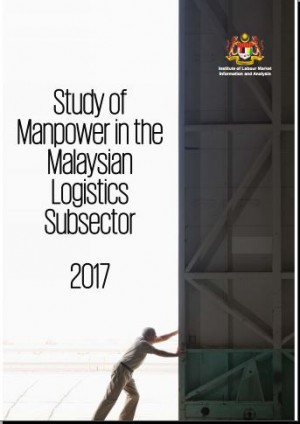ILMIA serves as an information centre for labour data and analysis for the Malaysian labour market. At ILMIA, we are responsible for ensuring that data is accurate and up to date as well as facilitating data sharing with users. ILMIA is also the agency responsible for conducting research / studies on the labour market in Malaysia. The results of these studies will be published and used as a guide for policy-making relating to national labour.
Among the data that are available are data on key labour market indicators, supply and demand by economic sectors and NKEAs, average wage according to sectors, and skills by occupation.
ILMIA aims to inform users that are government, independent researchers, self-employed and employers, employees, students and public. The ILMIA portal can be used by all categories of user and strives to use language that is simple, non-technical and easily understood by all.
Data sources are obtained principally from several government agencies such as the Department of Statistics, Ministry of Education, Bank Negara Malaysia, the Economic Planning Unit, Ministry of Human Resources and others, including the private sector if made available.
The term 'labour force' refers to all people in Malaysia aged between 15 and 64 years who are at work or unemployed. The 'Workforce' is another category which includes those who do any work for pay, profit or family gain (whether as employer, employee, self-employed or unpaid family worker).
'Outside the labour force' refers to those who are not classified as employed or unemployed, such as housewives, students, retirees and those not interested in finding employment. Unemployed, on the other hand, means those who have yet to get a job but are willing to, and actively seeking, work.
Overall, the unemployment rate in Malaysia is on average 3.4% (2016). This rate is lower than that in Australia (5.8%) and Brazil (5.6%). Malaysia's unemployment rate is basically stable and some would consider that full employment in the economy has been achieved. Although, in principle, a lower unemployment rate indicates the economy is steady, the unemployment rate will not reduce to zero as there will always be unemployment due to frictions or timing lags, as a result of, for example, employees moving to new jobs or changes in technology.
Books and journals published by ILMIA are available online (softcopy) in the publications section. In addition, users can apply in writing or visit ILMIA's office to get printed copies.
 Bahasa Melayu
Bahasa Melayu  English
English 